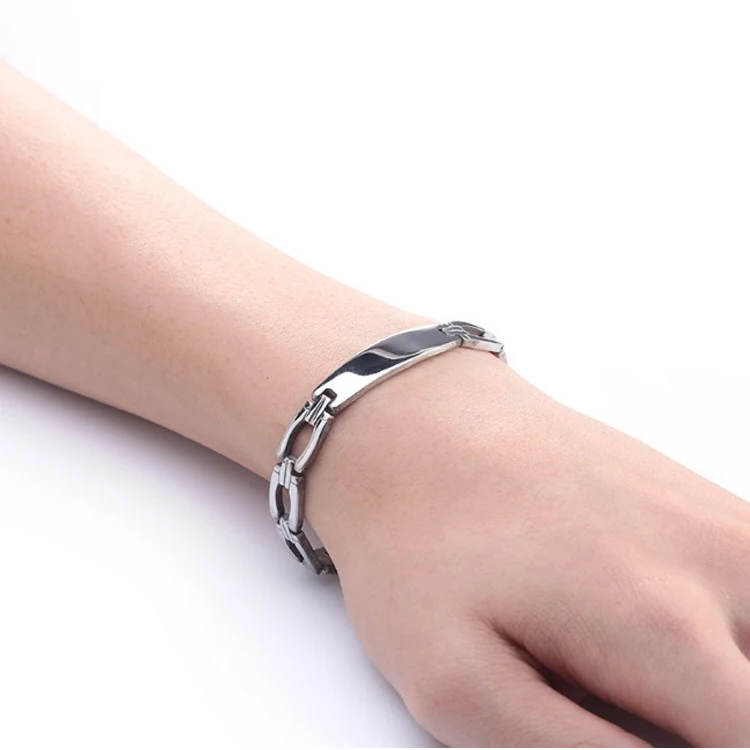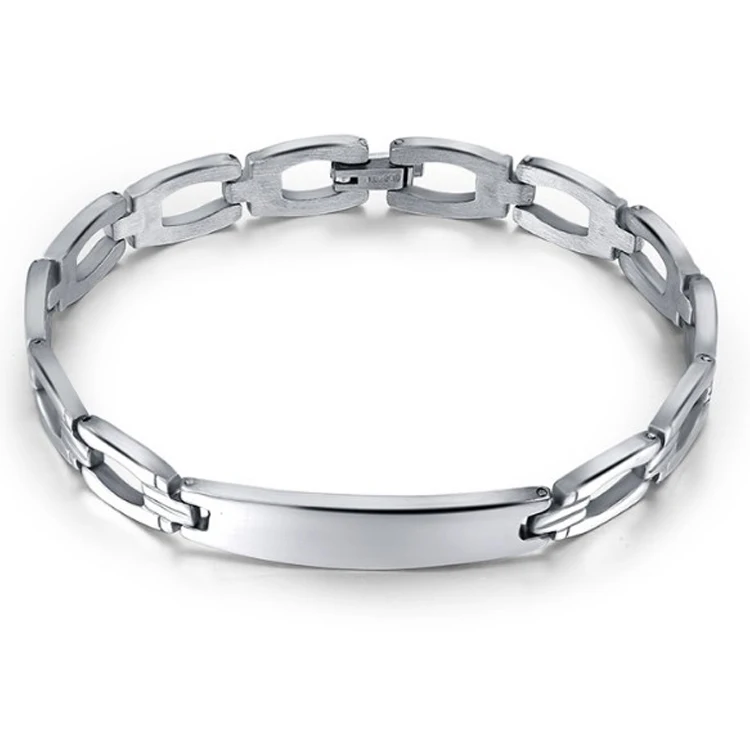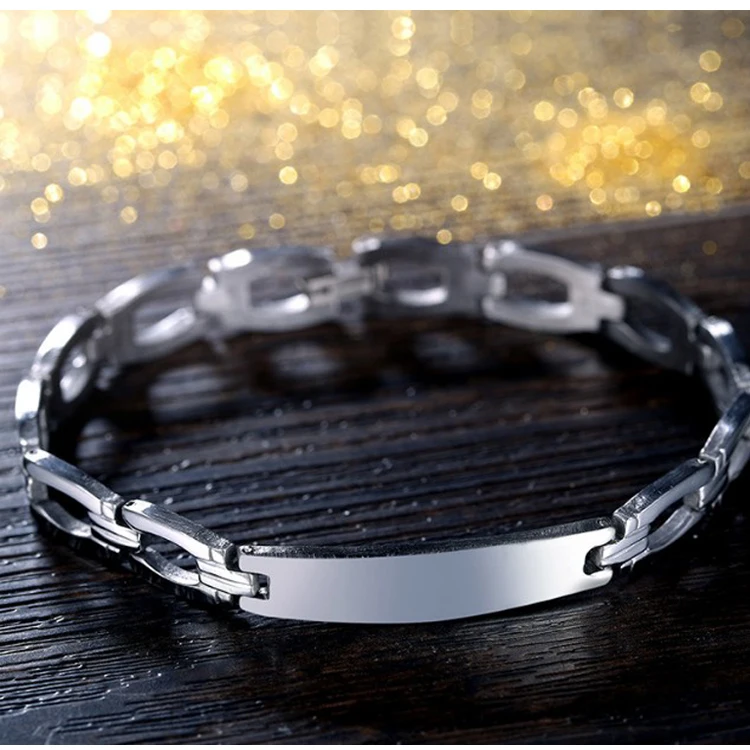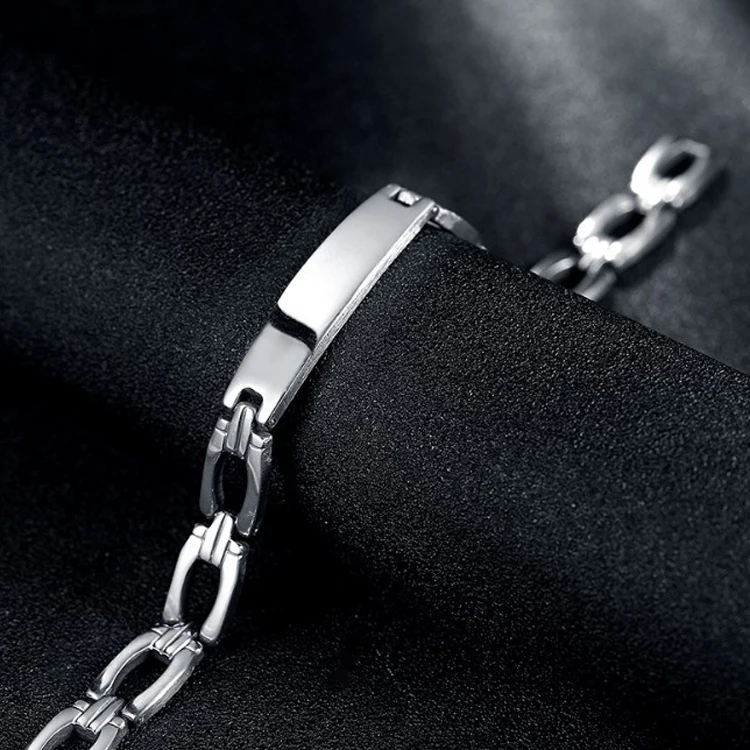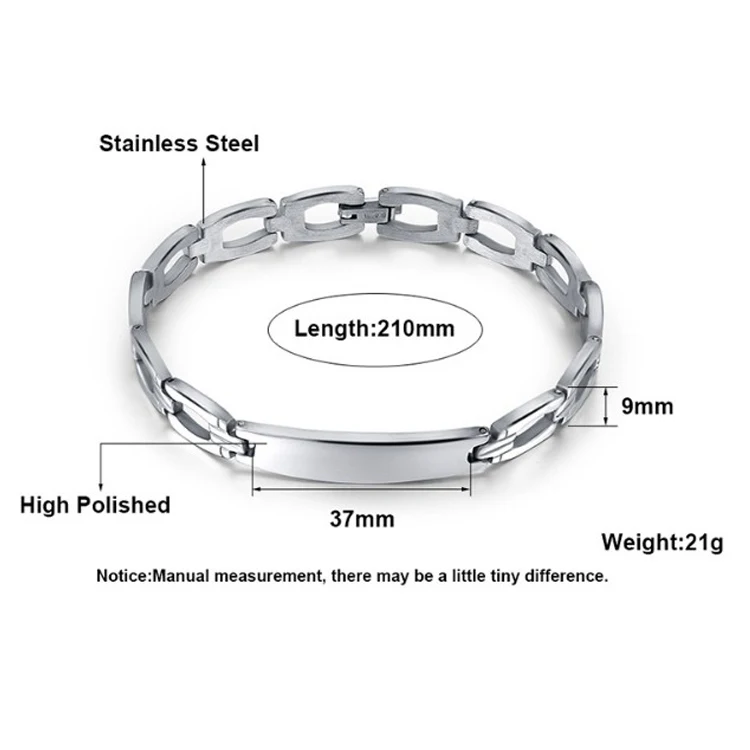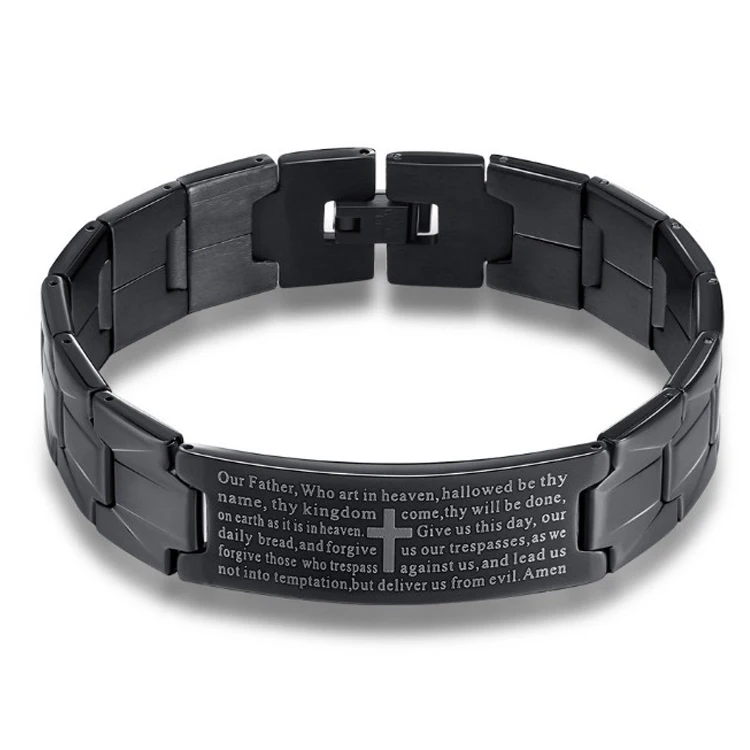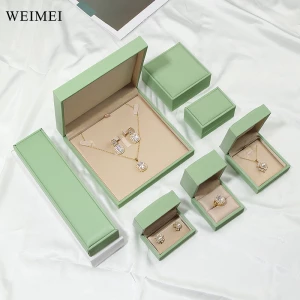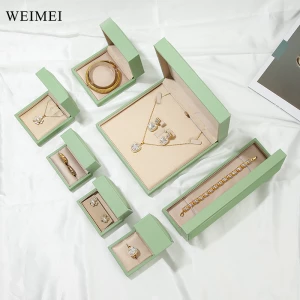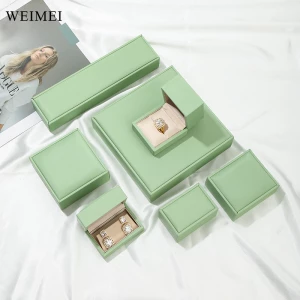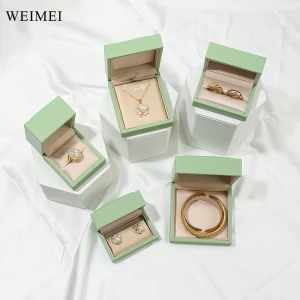Stainless Steel Angles: Types, Uses, and Buying Guide
Stainless steel angles are versatile structural components widely used in construction, manufacturing, and engineering. Known for their durability and corrosion resistance, they offer excellent strength-to-weight ratios. This guide covers key aspects like types, features, and how to source them reliably from China.
How to Find Reliable Stainless Steel Angles from China in 2025
China remains a top supplier of stainless steel angles, but buyers must vet manufacturers carefully. Look for:
- Certifications like ISO 9001 and ASTM A276
- Factory audits or third-party inspections
- Minimum 5 years of export experience
- Responsive customer service with English support
Platforms like Alibaba verify suppliers, but always request material test reports (MTRs) for critical projects.
What Buyers Should Know Before Buying Stainless Steel Angles from China
Key considerations include:
- Material grades: 304 and 316 are most common; 316L offers superior corrosion resistance for marine environments
- Lead times: Typically 15-30 days for standard sizes
- Pricing factors: Raw material costs fluctuate with nickel prices
- Shipping: FOB terms are standard; confirm if supplier handles export documentation
Types of Stainless Steel Angles
Three main configurations:
- Equal angles: Legs of identical length (e.g., 25x25mm)
- Unequal angles: Different leg lengths (e.g., 30x20mm)
- Custom angles: Laser-cut or folded for specialized applications
Thickness typically ranges from 1.5mm to 12mm.
Functions and Features of Stainless Steel Angles
Key advantages:
- High strength-to-weight ratio
- Resistant to rust and chemical corrosion
- Fireproof and hygienic (ideal for food processing)
- Low maintenance compared to carbon steel
Surface finishes include brushed, mirror, and bead-blasted options.
Scenarios of Stainless Steel Angles
Common applications:
- Construction: Building frames, handrails, and structural supports
- Manufacturing: Equipment frames, conveyor systems
- Marine: Boat fittings and offshore platforms
- Architecture: Decorative trims and modern facades
How to Choose Stainless Steel Angles
Selection criteria:
- Environment: Indoor (304) vs. coastal/chemical (316)
- Load requirements: Thicker angles for heavy loads
- Aesthetics: Choose surface finish based on visibility
- Budget: 304 costs ~20% less than 316
Stainless Steel Angles Q & A
Q: What's the price difference between 304 and 316 stainless steel angles?
A: 316 typically costs 30-40% more due to molybdenum content.
Q: Can stainless steel angles be welded?
A: Yes, but use matching filler material and proper techniques to prevent corrosion.
Q: How do I prevent rust spots on stainless angles?
A: Avoid contact with carbon steel tools and clean regularly in salty environments.
Q: What's the standard length for stainless steel angles?
A: Usually 6 meters, but suppliers can cut-to-size.
Q: How to verify stainless steel quality?
A: Request mill test certificates and conduct spark tests (stainless steel doesn't spark like carbon steel).


